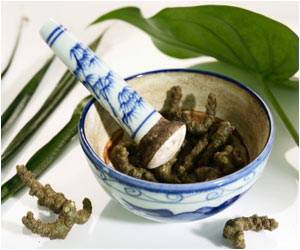Traditional Chinese medicine is slowly entering the mainstream healthcare spectrum.

Made from the saliva of cave-dwelling birds called swiftlets, the nests are dangerous to harvest, laborious to prepare and have, according to traditional Chinese medicine, a long list of health benefits.
For possibly 1,200 years, the Chinese have prepared and eaten the nests as a soup, according to two Chinese researchers who have assessed just what is known about the nutritional and medicinal properties of this expensive, and to Westerners, strange-sounding health food.
Science cannot yet explain the healing powers attributed to the soup, they noted.
Birds' nests "bioactivities and medicinal value are still open to question as there (is) not much scientific research on the medicinal properties," Live Science quoted Fucui Ma and Daicheng Liu of Shandong Normal University in China wrote in a review article to be published in the October issue of the journal Food Research International.
Swiftlets live in limestone caves around the Indian Ocean, in South and South East Asia, North Australia and the Pacific Islands. Males primarily build the nests, attaching them to the vertical walls of the caves. Removing them can be dangerous and painstaking work, and, depending on the type of nest, it can take one person eight hours to clean 10 nests, the researchers wrote.
Advertisement
Protein is the most abundant constituent of the nests, which contain all of the essential amino acids, the building blocks out of which proteins are made. They also contain six hormones, including testosterone and estradiol, the researchers wrote.
Advertisement
But not everyone reacts well to them. Birds' nests are known to cause anaphylaxis, a life-threatening allergic reaction.
Little research has been carried out on their biological function so far, and more is needed to better understand the qualities attributed to them, they concluded.
Source-ANI










